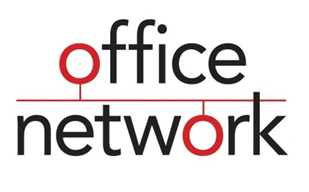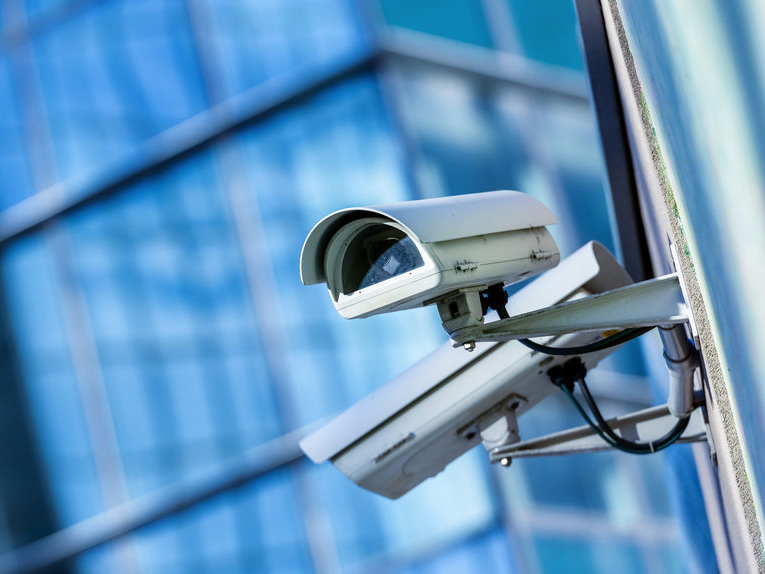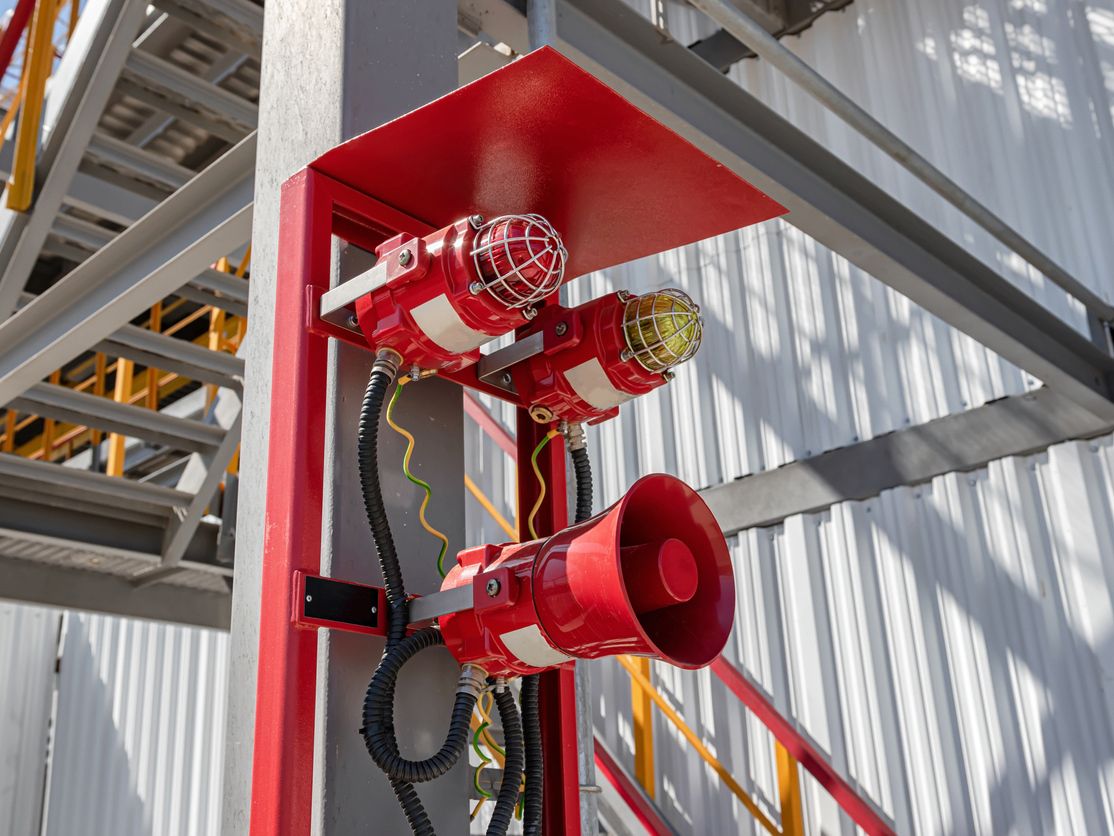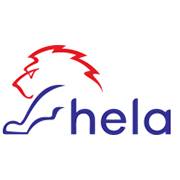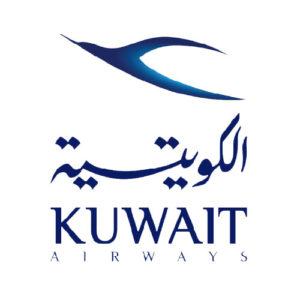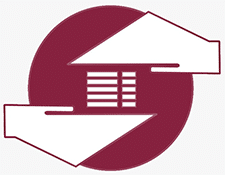According to the International Electrotechnical Commission, ELV (Extra Low Voltage) is defined as any system operating in a voltage not exceeding 35V AC (or 60V ripple free DC). Although the term is technically correct from “electrical” point of view, it by no means describes the broad range of systems and technologies which are known as ELV systems in buildings.
ELV is the terminology used in the construction world in an attempt to electrically define all the systems in a building which need electricity to run but are not part of the building’s main electrical system. ELV covers all the new modern technologies that are increasingly becoming must-have systems in every building such as data network, CCTV, fire alarm systems, public address systems, audio/video solutions, access control and intrusion detection systems, home automation, and much more!
The fact that such a broad range of technologies are collectively named “ELV” shows probably how much we are lagging behind the new demands of 21st century. Below I will very briefly explain some of the confusing abbreviations that constantly pop up when discussing ELV systems.
Contact Us